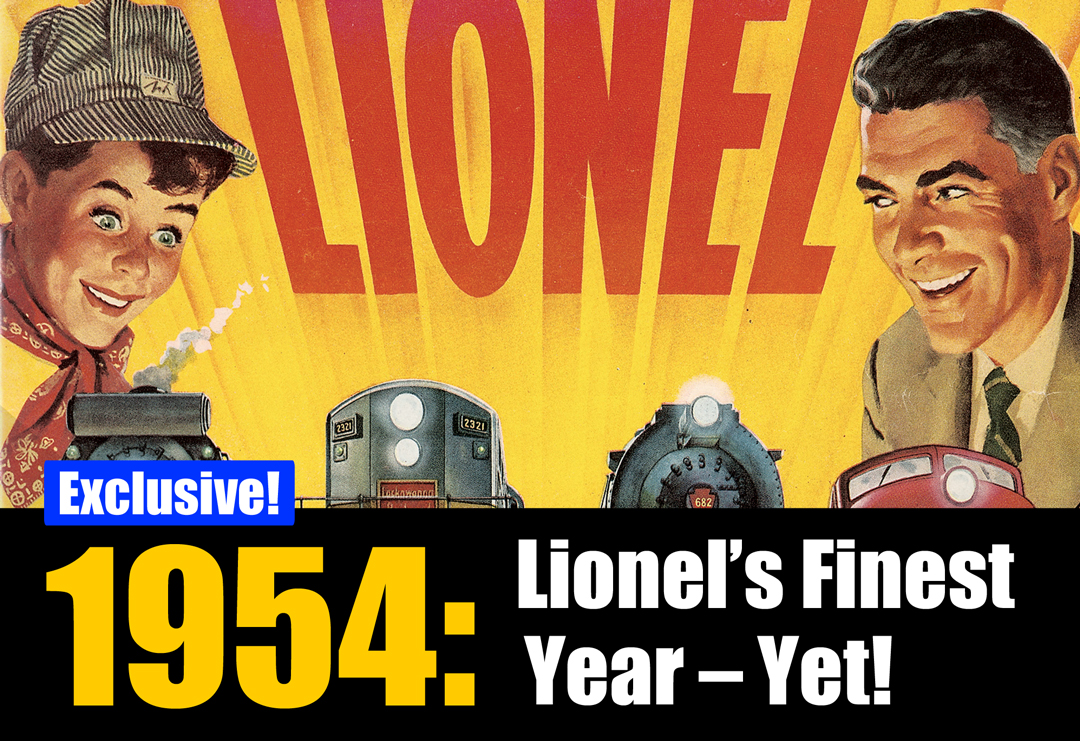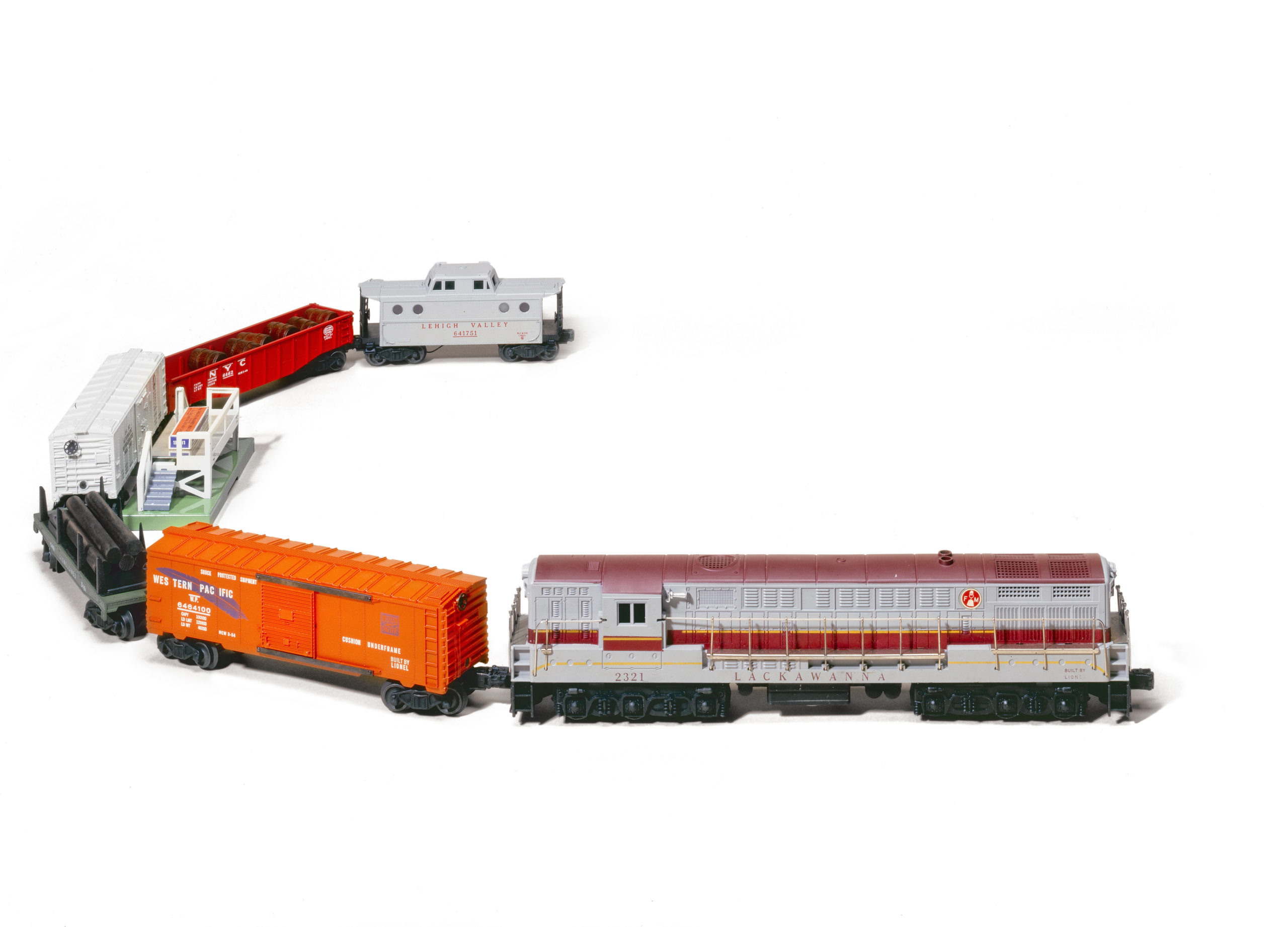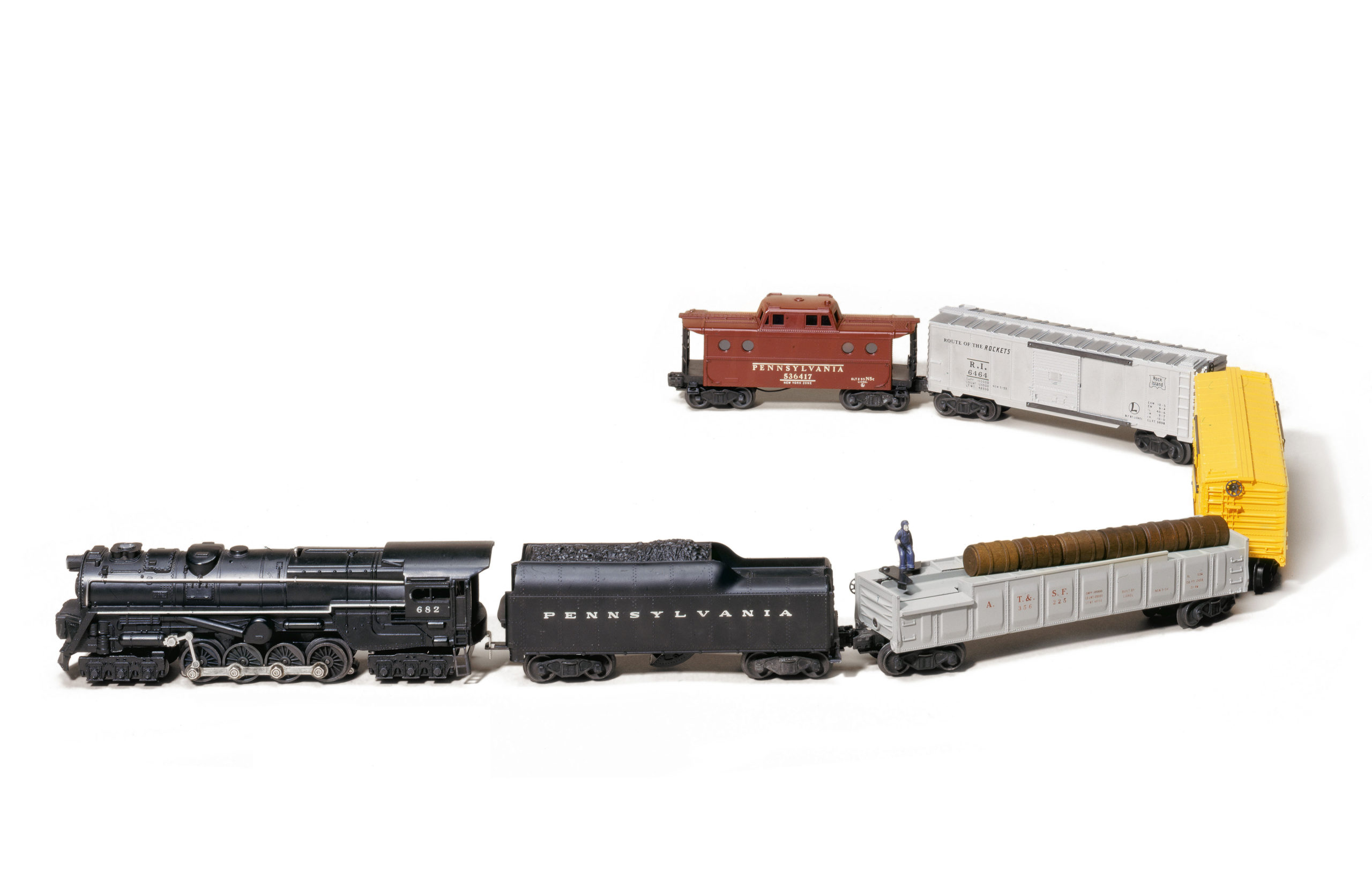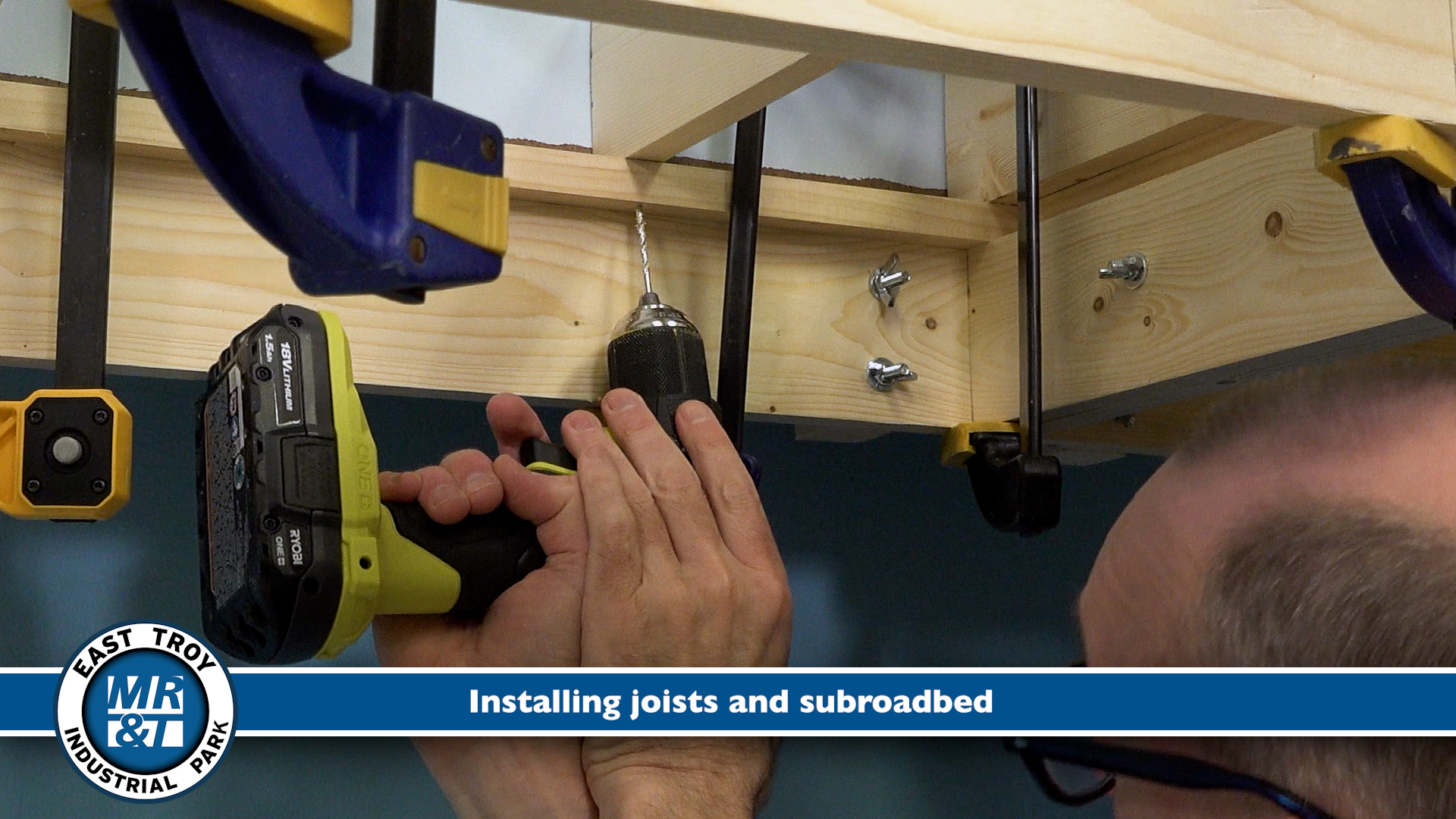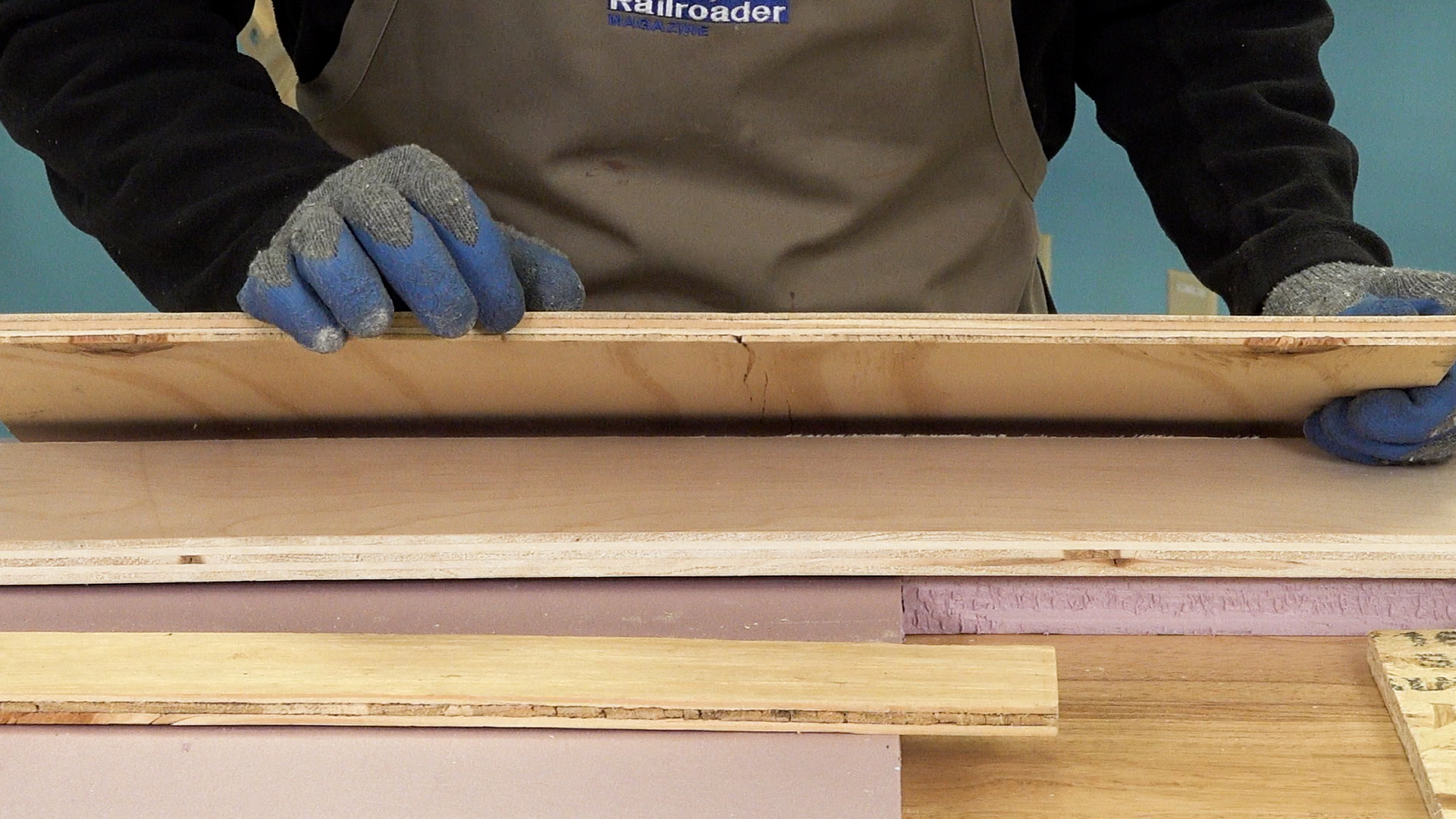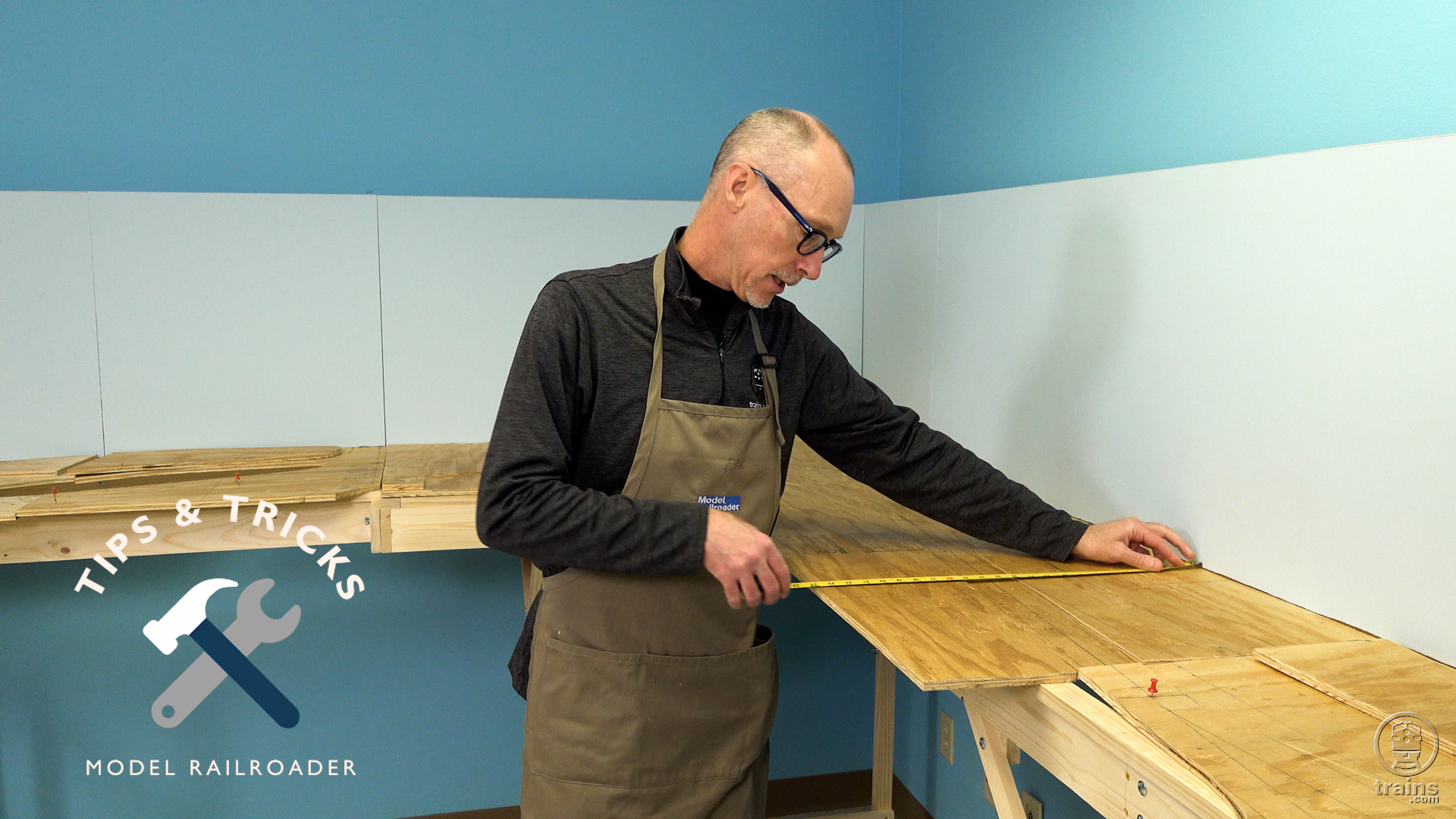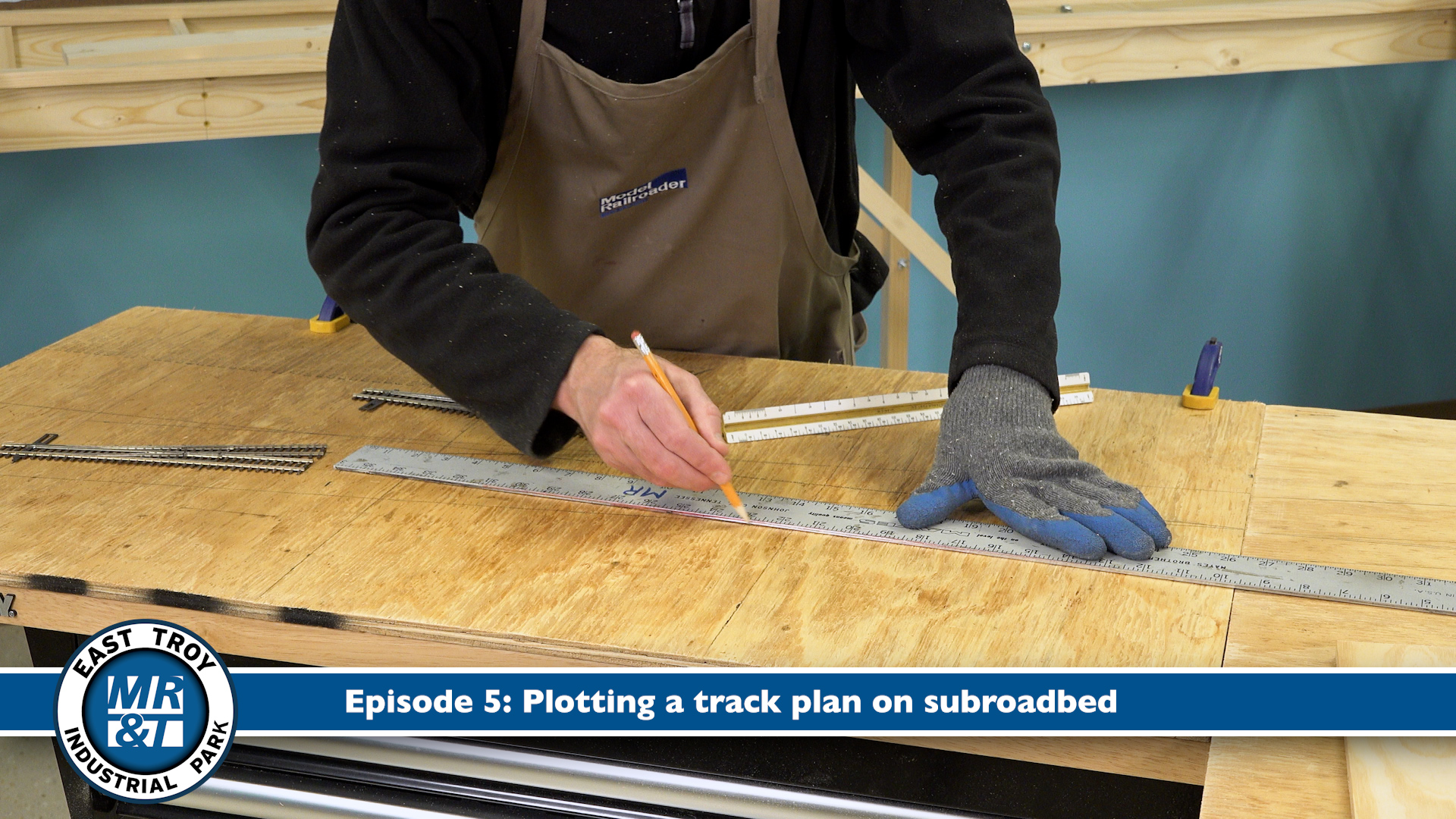If you want to speak strictly from the heart, then any year in the postwar era was a great one to receive your first Lionel set. But if you prefer to let your brain do the talking, then 1954 surely was the year to pick. From the peak of the company’s grand 50th anniversary celebration in 1950 to the low points in 1951 and ’52 and the gradual comeback to prominence in 1953, Lionel reached unbelievable heights with its electric trains during the production year of 1954.
So many classic locomotives, freight and passenger cars, and accessories of all sorts and sizes appeared in the cataloged line released in that year. Many were making their debut in that memorable time and would remain stalwart features of the line. Others were returning for a second or third year. Still others would be gone after 1954.
Any way informed collectors and operators look at Lionel’s product line for 1954, they end up being impressed by what the firm’s talented engineers, industrious sales teams, and bright executives had assembled. This line seemed to represent a perfect balance of realistic models and colorful, whimsical playthings. Never before had Lionel achieved such an ideal combination, and the high sales it recorded reflected that fact.
A watershed year in many respects
Music buffs can point to 1954 as a turning point in the history of rock ‘n’ roll. Elvis Presley cut his first record in July, and great tunes like Shake, Rattle & Roll, Rock Around the Clock, and Sh-Boom were put on disks and sold wildly to kids everywhere.
Of course, you’re probably more interested in the electric toy trains of 1954 than in the first successful kidney transplant or the introduction of the B-52 bomber, two other highlights of that year. Knowledgeable collectors of Lionel trains are aware that profits at the firm were down from 1953 and the years that followed were even worse. But they know, too, that the trains cataloged in 1954 were among the best offered.
If you had shopped for gifts in 1954, you could have brought home some great Lionel sets and played with exciting accessories and new locomotives. Let’s now go back in time almost 60 years, forgetting the bad news about the French defeat in Indochina and all the commotion raised by Senator Joseph McCarthy about Communists infiltrating the federal government, and see why 1954 was the finest of Lionel’s golden postwar years.
Power and color for 1954
But more immediate matters concerned Lionel’s sales force. Growing numbers of children were being born – more than 4 million in 1954 – and soldiers were returning from Korea, eager to buy trains for their sons and themselves. Continually challenged by Gilbert’s American Flyer S gauge line and the inexpensive trains made by Louis Marx & Co., not to mention manufacturers of HO scale trains, Lionel responded magnificently.
“You want power,” Lionel’s salesmen must have told their authorized distributors and retailers, “we have more of it this year than ever before. Get a load of our four new steam engines.” Numbers 646 and 665 featured a 4-6-4 wheel arrangement but used different boiler castings and came with different tenders (the nos. 2046W streamlined type and 6026W square type, respectively). Also new was the no. 2065, another Santa Fe-type Hudson, for the O-27 line.
The 682, the finest Turbine developed by Lionel, was the star of the new steam fleet. It featured an elegant white stripe on the running board plus lubricator linkage. The Turbine came with a no. 2046W-50 eight-wheel tender lettered for the Pennsylvania RR.
Power wasn’t all Lionel promised for 1954. “Forget the dull black freight cars from past years,” salesmen insisted, “and look at our new red crane car, green log car, and gray and maroon hopper. Even our scale-like 6464 boxcars are better! Remember how plain they looked? We’ve added a grand total of seven new ones, including dazzling models decorated for the Western Pacific, New York Central, and Missouri Pacific.”
Having caught the attention of buyers, salesmen did just what Lionel’s catalog artists did: They brought out the diesel locomotives that represented the cream of 1954. And who wouldn’t want the nos. 2321 Lackawanna Train Master, 2356 Southern Ry. F3 A-B-A combination, or 6250 orange-and-blue Seaboard NW2 switcher? For sheer fun, the no. 50 gang car deserved to be on every child’s wish list. With so much to offer, a salesman working for Lionel couldn’t help but feel confident as he showed off the line for ’54.
A last hurrah for Mr. Hanson
Naturally, Advertising Manager Joseph Hanson and the copywriters and designers working under his supervision put most of their energy into creating a phenomenal full-color consumer catalog of which more than a million copies were printed and distributed. Additionally, they prepared beautiful advertisements for model railroading and toy industry publications, mass-circulation magazines, and the comics of Sunday papers.
The advance catalog assembled early in the year for authorized dealers took on an especially good look in 1954. Indeed, the full-color illustration on the front cover might easily have been reserved for the consumer catalog. Put next to the image commissioned for that document, and it wouldn’t be surprising if some people thought it was superior.
But the consumer catalog must be acknowledged as one of Lionel’s very finest. Esthetically, it offered page after page of marvelous depictions of electric trains in settings that were both realistic and fantastic. If only we knew the names of the artist or artists responsible for both the black-and-white renderings provided to outside firms and the illustrators employed at those agencies who then inserted the rainbow of vivid colors.
Someone we can honor for the magnificence of the consumer catalog was Joe Hanson, in his final full year directing Lionel’s advertising campaigns. Nearly a decade of service had honed his diverse skills and broadened his contacts. This great catalog stood as a final testament to all that Hanson gave to Lionel before he left the firm in 1955 and handed over the reins in advertising to Jacques Zuccaire, already assisting him.
The transition from Hanson to the younger Zuccaire mirrored other changes at Lionel. Surely, Lawrence Cowen was assuming tasks and demonstrating leadership formerly done by his elderly father. Alan Ginsburg, serving as executive vice-president in place of the deceased Arthur Raphael, could now influence the entire product line.
Key personnel among the sales teams had also changed. Veteran salesman Sam Belser had moved up to become national sales manager and so was busy handling the multiple jobs Raphael had previously done in that capacity. Jack Caffrey remained in charge of the Chicago sales office, but out west Mack Mostman was now running the San Francisco office, having been hired the previous year to take over after Mike Sweyd died.
Outfits for those on a budget
Once more, sales executives with an eye or two on what Marx and Gilbert had been promising arranged for Lionel to catalog a simple train set whose retail price would be less than $20. This practice had built steady sales for the company and established its low-end Scout sets in the marketplace, so much so that Lionel brought back the same set cataloged in 1953, the no. 1500 three-car freight train with a no. 1130 on the point and the new no. 1130T tender, a scaled-down version of the no. 2671 lacking a whistle.
“Young engineers will love these two trains,” the catalog claimed in promoting a pair of starter sets priced below $30. Besides the 1500, the bottom of the line contained the no. 1513S, a four-car freight train going for $29.95. The key piece in this nondescript O-27 outfit was the new no. 6015 Sunoco single-dome tank car, because early examples of this yellow car were painted (created from excess inventory of shells for the no. 6035).
See how Lionel jacked up the price $10? (Not a small amount – it represented $94 today.) It did the same with the next two O-27 outfits. Spend $39.95 to $49.95 and you could put a four- or five-car freight train under the Christmas tree that included such new items as the nos. 6462-25 green gondola, 6460-25 red crane car, or 6419-25 work caboose without a rear coupler.
In the next installment: Low, mid-, and high-end sets from 1954’s O-27 line.
This is a sample of the in-depth content found in our 200-page special issue publication, Lionel Trains of the 1950s.





